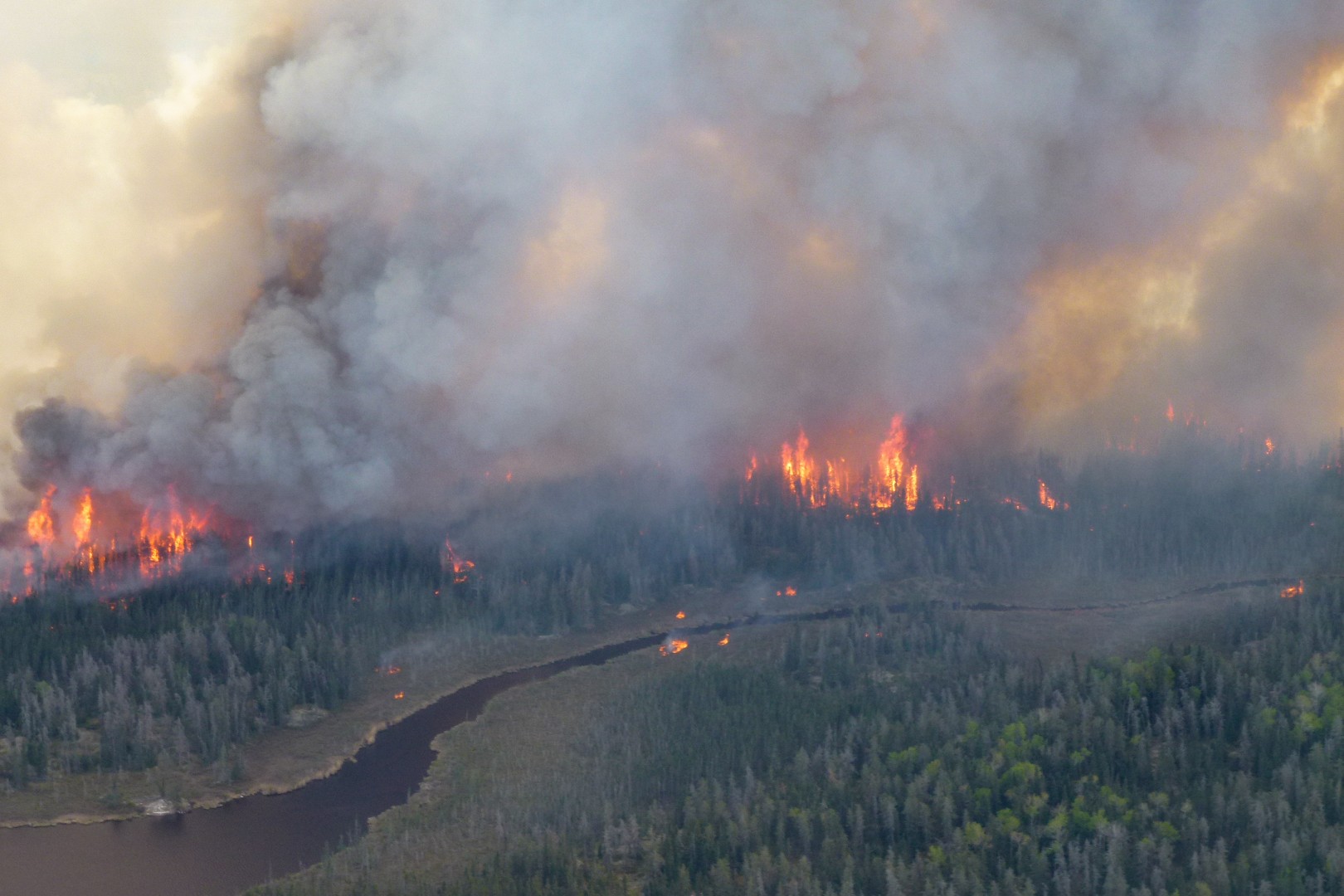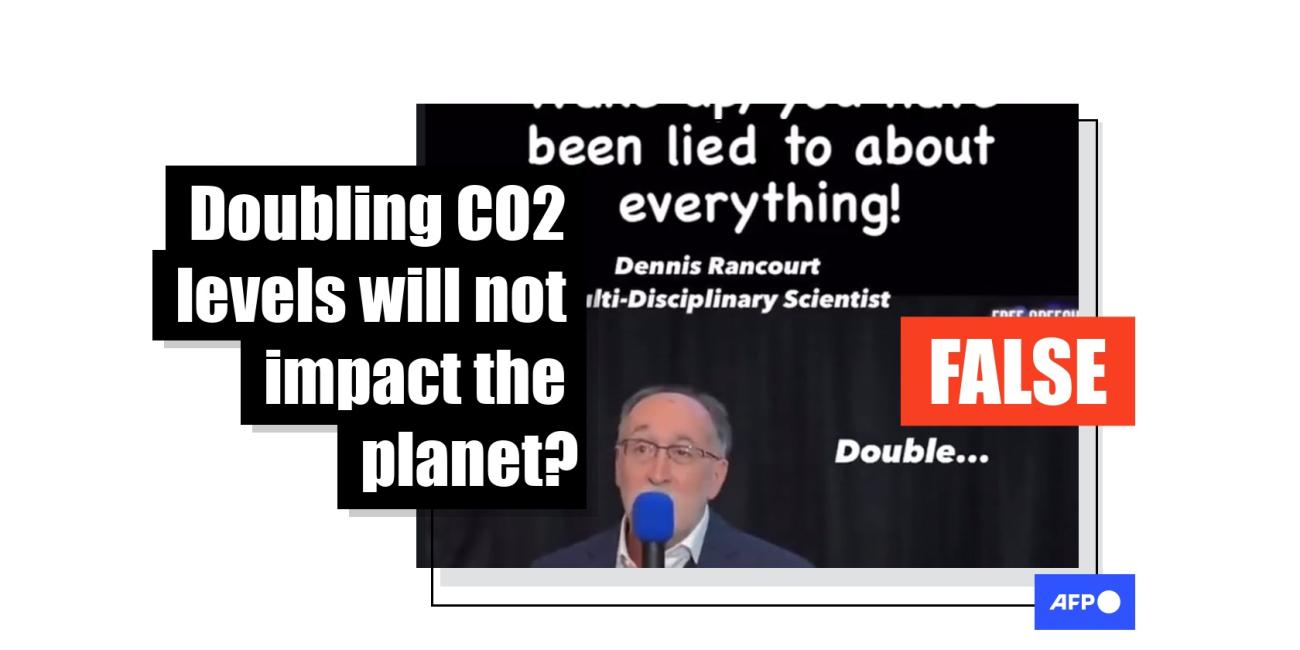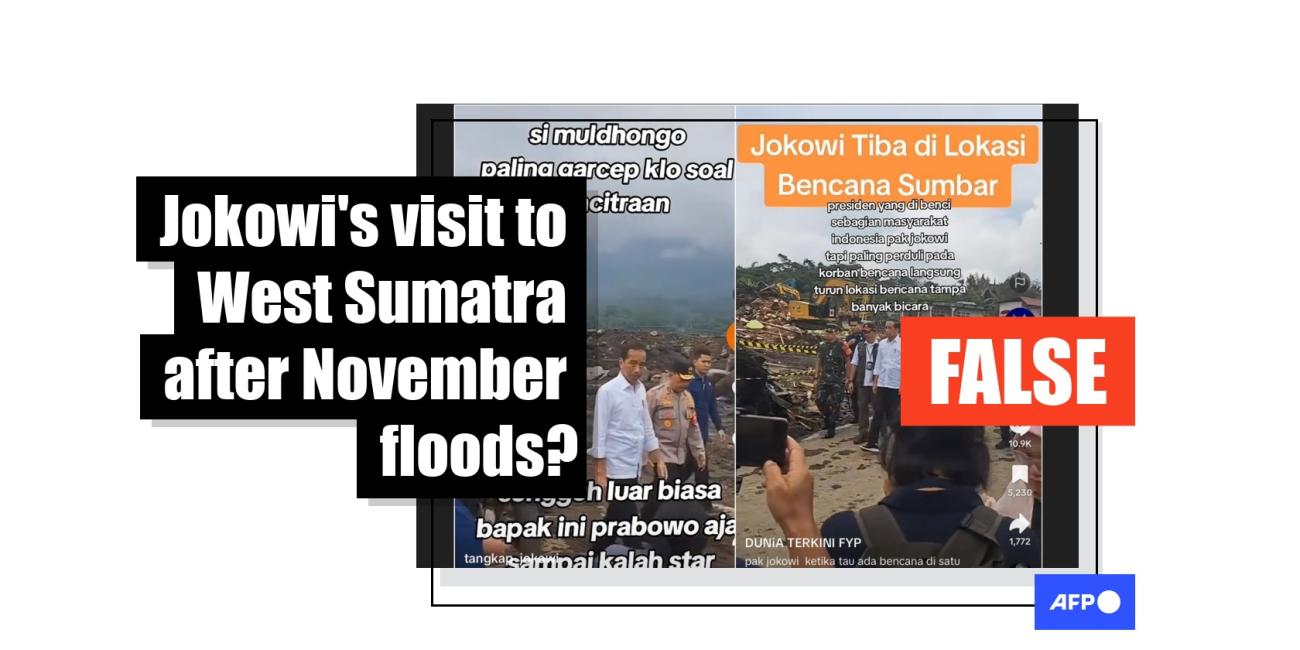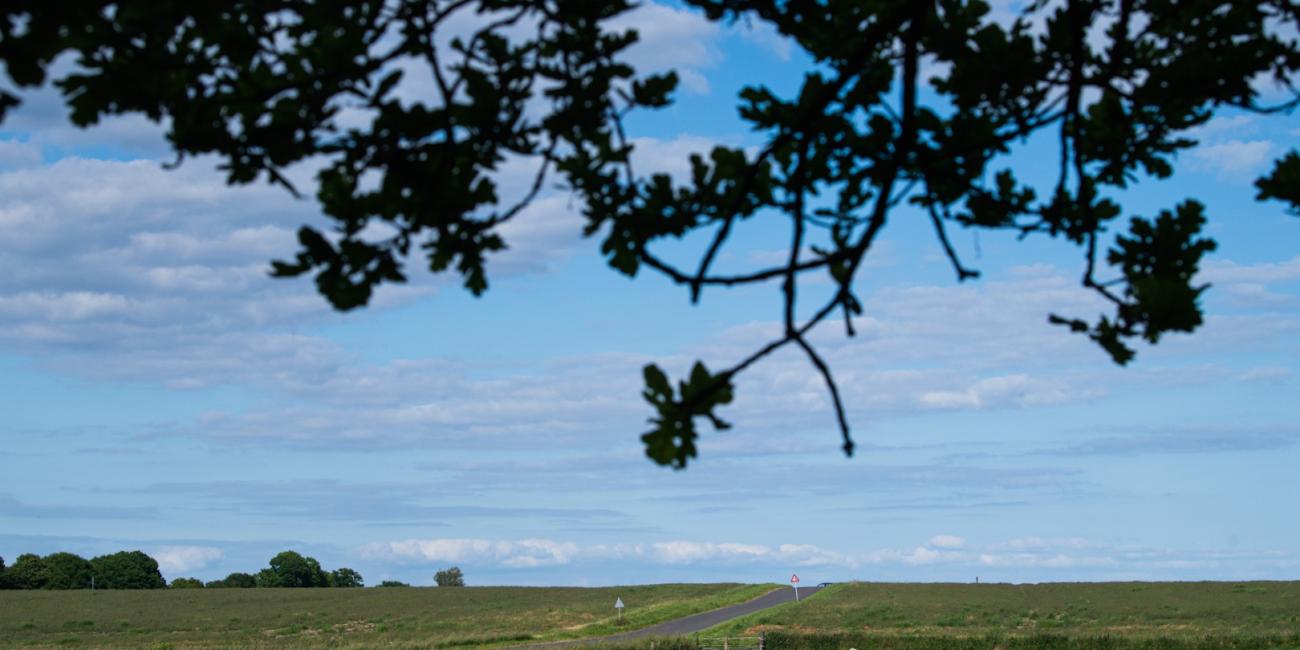
Land grab conspiracies spread alongside Canadian wildfires
- Published on June 13, 2025 at 23:20
- 4 min read
- By Gwen Roley, AFP Canada
"This isn't just wildfire policy -- it's a global land control strategy operating through 'sustainability' language," a June 1, 2025 Facebook post claims.
The text claims the "Rio Law" is a global framework established to encourage sustainability that can be used to reclassify land in Canada for resource extraction and forbid residents from returning home after they are evacuated due to wildfires.
The text spread across Facebook, Instagram and X partly echoing debunked theories about Agenda 21 and moves to push fire-displaced residents into "smart cities" where they will be subjected to strict technology surveillance or face restriction of movement.
Simultaneously, users on Facebook and TikTok made additional claims about land grabs precipitated by wildfire evacuations invoking either controversy over Ontario province's Bill 5 or images of a possible pipeline route, which would supposedly cross Manitoba to reach Hudson's Bay.

Conditions are primed for another massive wildfire season in Canada, as the over 3.6 million hectares (13.8 thousand square miles) of area burned so far in 2025 has already surpassed the year-to-date average for the past decade (archived here).
More than 30,000 people have evacuated their homes in western Alberta, Saskatchewan and Manitoba provinces, including remote Indigenous communities fleeing south. But as of June 12, some 7,000 evacuees in Saskatchewan province began returning home.
Media report people will also soon be allowed to go back to communities Manitoba, but many areas remain under evacuation orders there and in neighboring Ontario.
The fires hit as trade tensions with the United States have triggered the new federal government to open discussions about access to Canadian natural gas and coveted minerals. But the potential projects, including pipelines, raise concerns of environmental impact and Indigenous consent.
Nevertheless, experts told AFP it was highly improbable for a wildfire to be used to intentionally target specific areas for resource exploitation.
Unforeseeable spread
Mike Flannigan a professor of wildland fire at Thompson Rivers University (archived here) said a wildfire is defined by three factors: how it starts, what it can burn through, and the weather conditions around it.
Many fires are started -- mostly unintentionally -- by humans, he said, but fuel and weather play too large of a role in where flames spread, making it nearly impossible to start a wildfire that could successfully target a premeditated location.
Flannigan also pointed out that climate change creates conditions that suck up moisture from vegetation and generate stronger wind, a mix conducive to more unwieldy fires.
"The drier the fuel, the easier it is for a fire to start," he told AFP on June 5.
Wildland firefighters use burning techniques to impede the path of smaller and less intense fires and keep them away from populated areas (archived here), but Flannigan said once the blazes reach the tops of the trees -- also known as a crown fire (archived here) -- response becomes limited.
"There's only two options then: one is evacuate, get out of the way until the weather changes or the fuels change, or do a burnout operation, which is where you get in front, where the wildfire is spreading, start a new fire that's fighting against it," he said.
Hossein Bonakdari, an associate professor of civil engineering at the University of Ottawa (archived here), analyzed indicators such as leaf coverage and winter snow area to predict the probability of wildfire in certain parts of Canada.
Even with these prediction tools, Bonakdari noted, a plethora of minute variables dictating a wildfire's spread exist, making it impossible to foresee whether it could reach a certain location.
"I need a dataset of today to do the prediction for tomorrow," he said on June 6.
Resource regulation
While the claim that wildfires could be used to clear certain areas for resource extraction may be unsubstantiated, concerns about infringement on Indigenous treaty rights in relation to Ontario's Bill 5 exist (archived here).
The legislation gives the province authority to declare "special economic zones" (archived here), overriding local laws for resource projects in a move that Indigenous leaders say will conflict with the government's treaty obligations.
Ontario Premier Doug Ford plans, for example, on extracting minerals from the Ring of Fire deposit in the north of the province.
Other Canadian premiers also recently floated the idea of a pipeline through Manitoba to end in Hudson's Bay, similar to what has been referenced in some land grab claims online.
Using reverse image search, AFP traced the map in those posts to a 2023 blog proposing a path for pipelines (archived here).
However, no formalized proposals for such a project could be found.
The posts also misrepresent the 1992 Rio Declaration (archived here). The document produced at the United Nations' Earth Summit does not mention removing people from land. Rather, it lays out principles of protecting environmental and developmental systems, to which it says states should agree.
AFP previously debunked claims about resident displacement to extract resources following hurricane evacuations.
Read more of AFP's reporting on wildfire misinformation here.
Copyright © AFP 2017-2025. Any commercial use of this content requires a subscription. Click here to find out more.
Is there content that you would like AFP to fact-check? Get in touch.
Contact us




